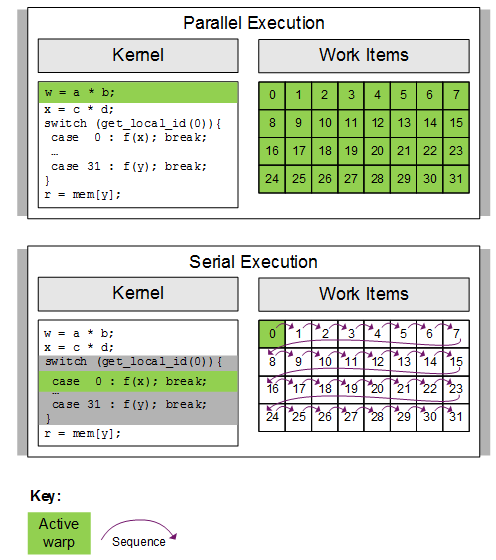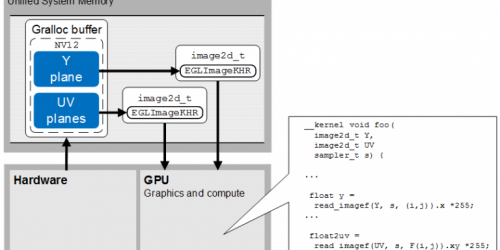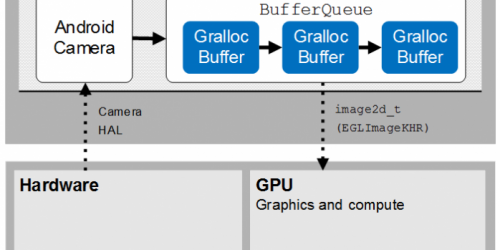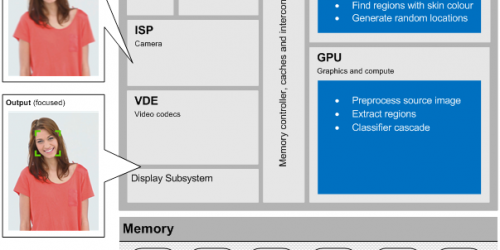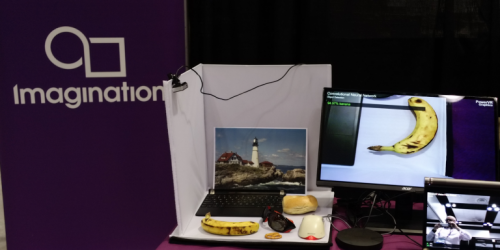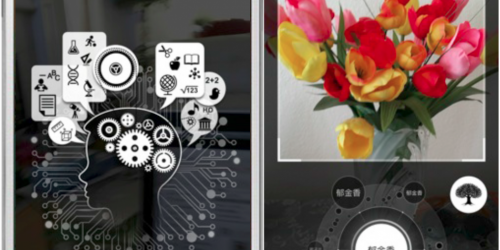Measuring GPU Compute Performance
This article was originally published at Imagination Technologies' website, where it is one of a series of articles. It is reprinted here with the permission of Imagination Technologies. After exploring a quick guide to writing OpenCL kernels for PowerVR Rogue GPUs and analyzing a heterogeneous compute case study focused on image convolution filtering, I am […]
Measuring GPU Compute Performance Read More +

